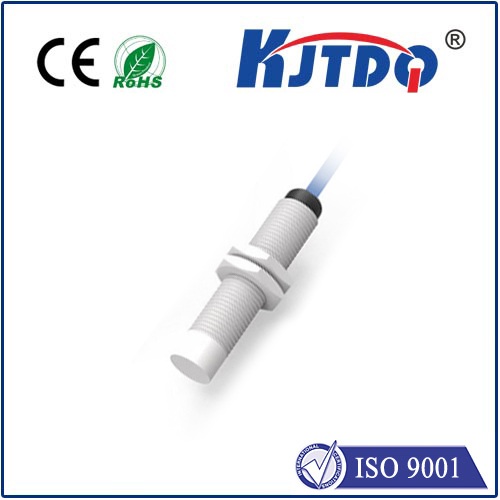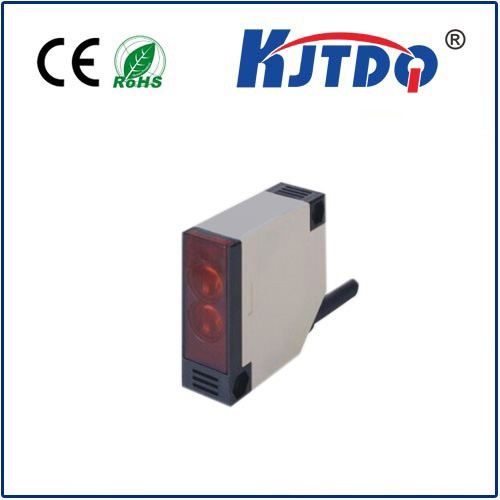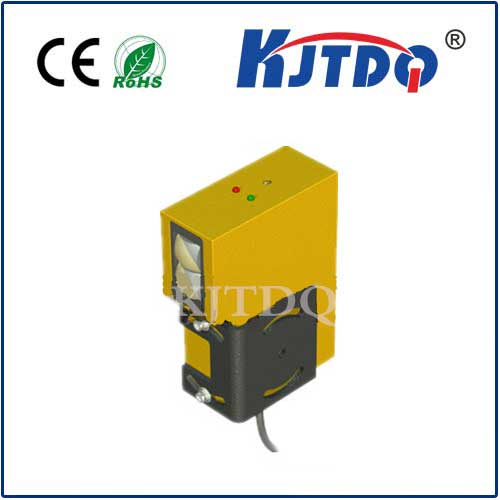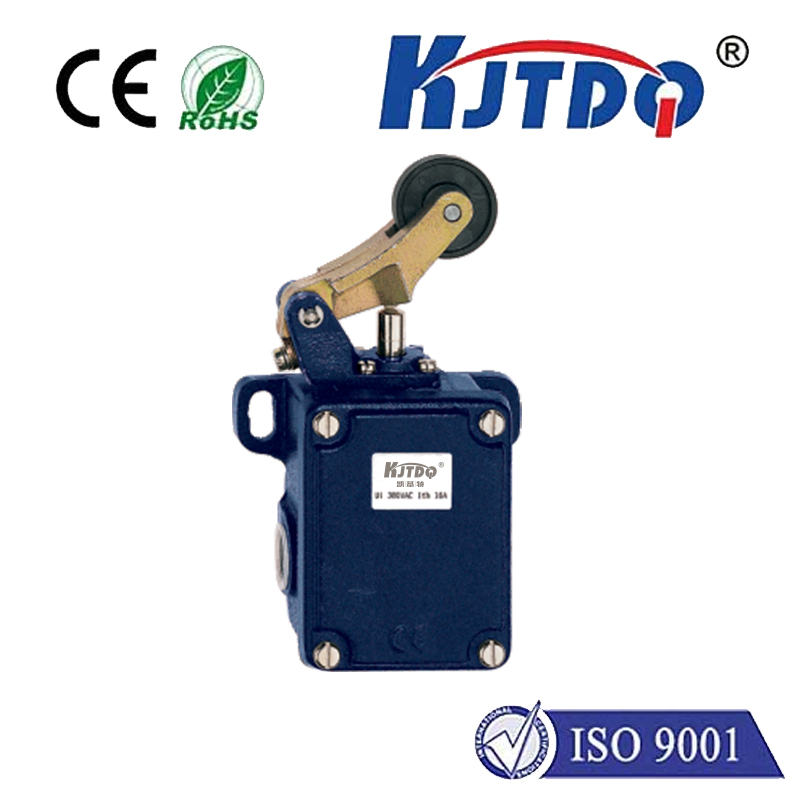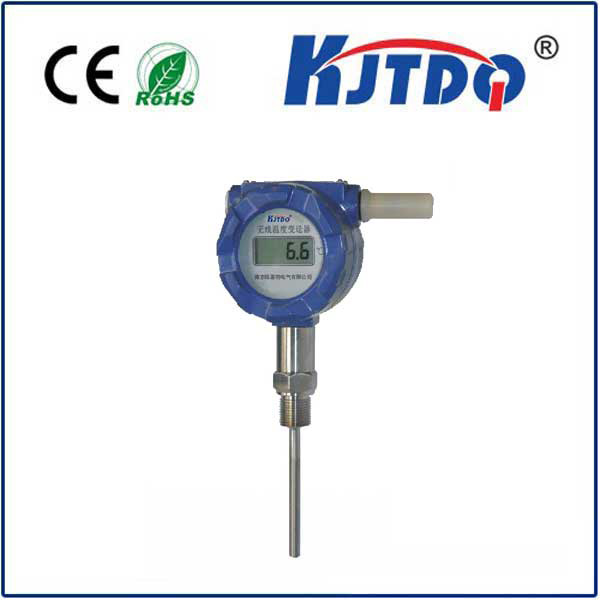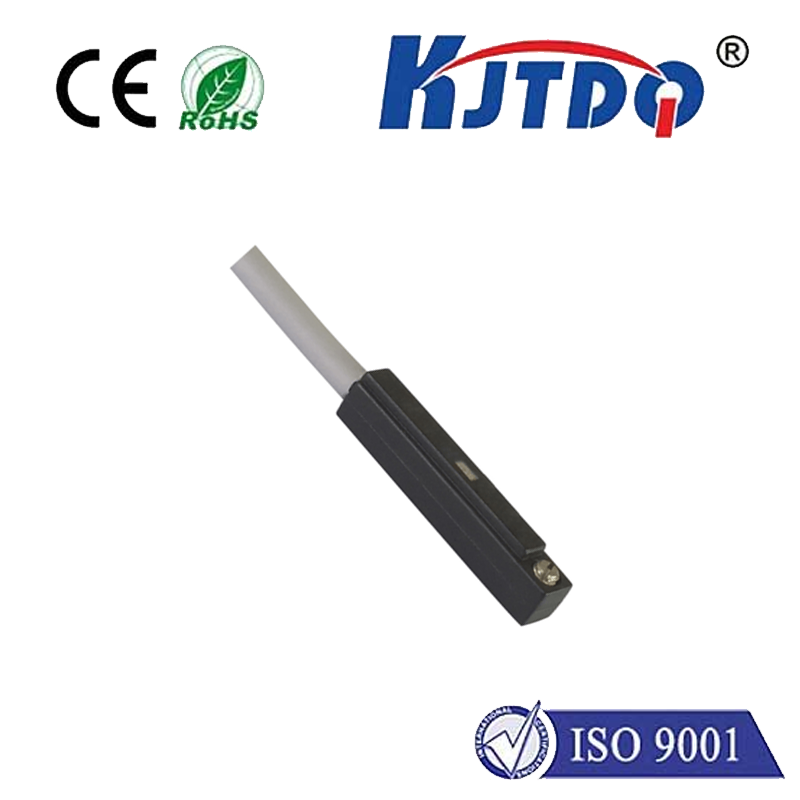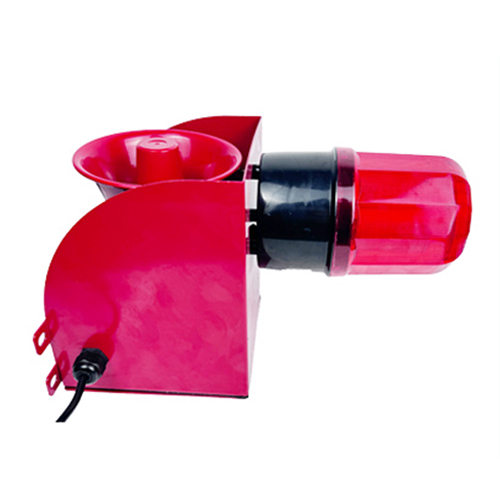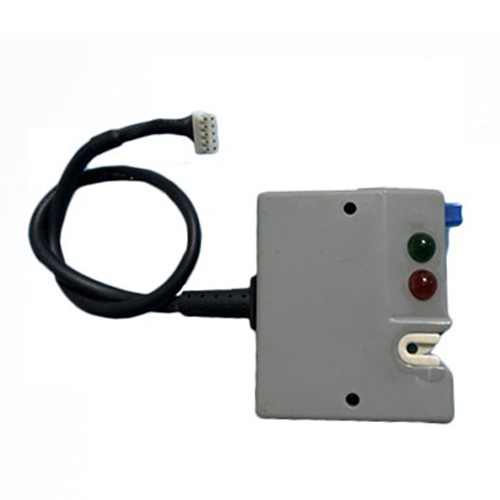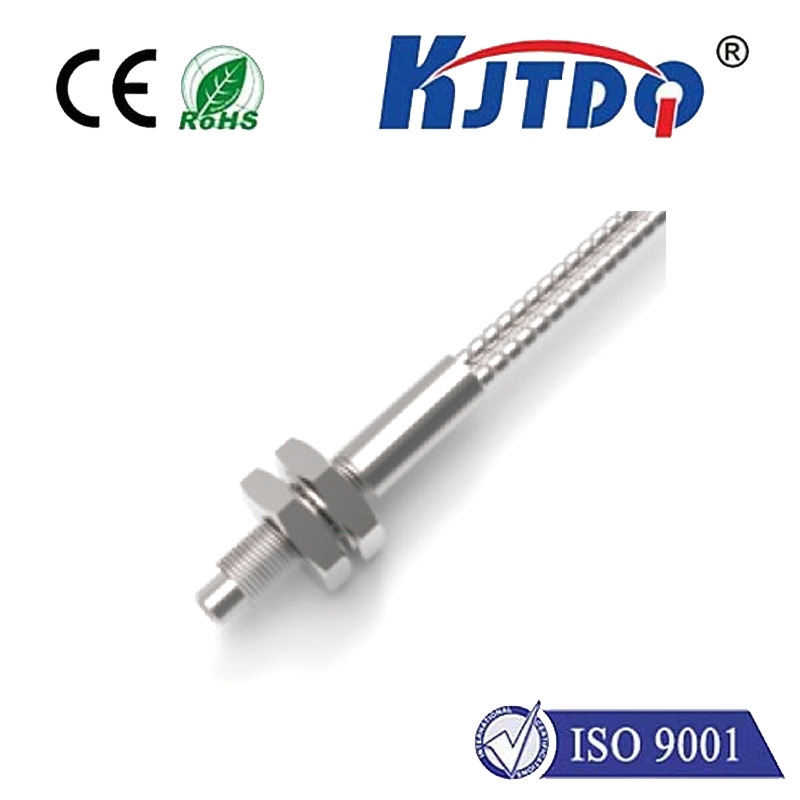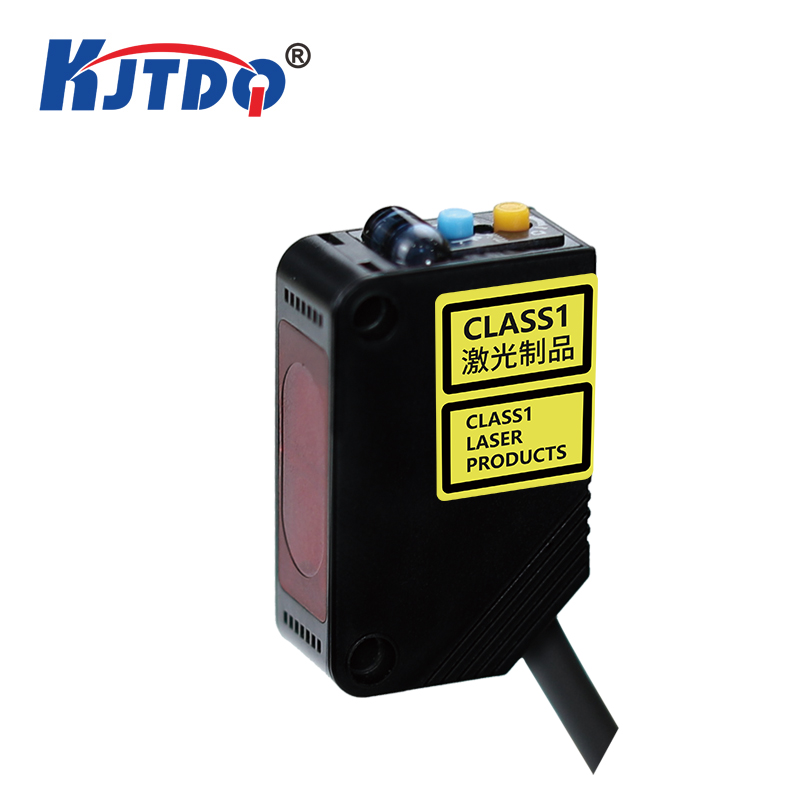tempilstik temperature indicator
- time:2025-08-24 04:20:56
- Нажмите:0
Tempilstik Temperature Indicators: Your Reliable, Non-Electric Path to Precision Measurement
Imagine this: deep within a bustling factory, a critical bearing on a massive machine must be checked for overheating. Reaching it with a conventional thermometer is impossible, and space constraints rule out an infrared sensor. Or perhaps, in a hazardous environment where sparks could be catastrophic, introducing any electronic device is unthinkable. This is where the ingenious simplicity of the Tempilstik temperature indicator shines. Far from being outdated, these unassuming wax crayons offer an indispensable, foolproof solution for countless industrial temperature monitoring challenges.
What Exactly is a Tempilstik?
At its core, a Tempilstik (often used generically, though technically a brand name by Tempil Corporation) is a specialized temperature indicating stick. Think of it as a highly precise, heat-activated crayon. Each stick is formulated with carefully selected materials that melt or change phase at an exceptionally specific temperature. Available in a vast range spanning sub-zero freezing points to intense heat levels exceeding 2000°F (1100°C), there’s a Tempilstik calibrated for nearly any monitoring need. These tools perform non-electrical temperature measurement, relying purely on physical transformation triggered by heat.
The Science of Simplicity: How Tempilstiks Work
The magic lies in their phase-change technology. Each Tempilstik contains a unique compound with a precise melting point. When you rub the stick onto a clean, heated surface:

- Below Melting Point: The stick leaves a dry, scratchy mark, similar to chalk.
- At or Above Melting Point: The compound melts instantly upon contact. It flows smoothly onto the surface, transforming into a vivid, wet, glossy streak. This dramatic visual change is immediate and unmistakable.
This instantaneous feedback – the distinct visual indication – clearly signals that the surface temperature has reached or exceeded the stick’s calibrated rating. There’s no need for batteries, calibration, complex setup, or interpreting fluctuating digital readouts. What you see is what you get: a definitive pass/fail check at the critical temperature threshold.
Why Choose Tempilstiks? Unmatched Advantages in Specific Scenarios
While digital thermometers and IR guns have their place, Tempilstiks excel where other methods falter:
- Ruggedness and Reliability: They are immune to shock, vibration, dust, moisture, oil, and most chemicals. Drop one? It just keeps working.
- Intrinsically Safe: Essential for hazardous locations (classified areas with flammable gases, vapors, or dust). They produce no spark, require no power, and present zero ignition risk.
- Accessibility: Reach confined spaces, deep recesses, moving parts, or oddly shaped surfaces where probes or sensors simply cannot go. Their small size and portability are key assets.
- Speed and Ease of Use: Training is minimal. Clean the surface, apply the stick, observe the mark. Results are immediate and unambiguous.
- Cost-Effectiveness: Highly affordable per test and incredibly durable, offering a low cost per critical temperature check.
- Accuracy and Precision: Manufactured to tight tolerances (typically +/- 1% of the rated temperature or better), they provide highly reliable point temperature verification.
- No Calibration Required: Each stick is pre-calibrated at the factory. No drift, no recalibration schedules – just grab and use.
Critical Applications: Where Tempilstiks are Indispensable
- Welding & Heat Treating Control: Verifying pre-heat, interpass, and post-weld heat treatment (PWHT) temperatures on pipes, pressure vessels, and structural steel is paramount for weld integrity and material properties. Tempilstiks are the industry standard.
- Bearing & Machinery Monitoring: Spot-checking bearings, gearboxes, motors, and couplings for dangerous overheating before catastrophic failure occurs. Simple preventative maintenance.
- Electrical Maintenance: Checking bus bars, transformers, circuit breakers, and connections for abnormal heating indicative of loose connections or overload.
- HVAC & Refrigeration: Verifying superheat, subcooling, line temperatures, and defrost cycles on systems.
- Plastics & Rubber Processing: Monitoring mold temperatures, extruder barrel zones, and curing ovens to ensure consistent production quality.
- Troubleshooting: Pinpointing localized hot spots on engines, electronic components, brakes, and friction points quickly.
- Laboratory & Research: Providing a simple, reliable check on surfaces within ovens, baths, and reaction vessels.
Choosing and Using Tempilstiks Effectively
- Select the Correct Temperature Rating: This is crucial. Choose a stick rated for the exact temperature threshold you need to verify. Manufacturers offer sticks in small increments (e.g., every 5°F, 10°F, 25°F, or 50°F). Selecting the right melting point is fundamental to accuracy.
- Surface Preparation: Clean the surface thoroughly. Remove oil, grease, rust, scale, paint, or debris. A clean, bare metal surface provides the most reliable and visible melt indication.
- Application Technique: Hold the stick like a pencil and rub it briskly across the surface perpendicular to the stroke direction. Use a light pressure for approximately 1-2 seconds. Avoid rubbing along the stick’s length to prevent melting the stick itself prematurely.
- Reading the Result: Observe the mark immediately after application:
- Glossy, Liquid Streak: Surface temperature is AT or ABOVE the stick’s rated melting point.
- Dry, Chalky, Scratched Line: Surface temperature is BELOW the stick’s rated melting point.
- Multiple Points: For broader checks or confirmation, use sticks with ratings slightly above and below your target temperature.
- Safety: Remember that surfaces can be extremely hot. Wear appropriate PPE (heat-resistant gloves, eye protection) when applying sticks, especially around hot equipment. Safety first is always paramount.
- Storage: Keep sticks in their protective tubes when not in use and store them in a cool, dry place to preserve their accuracy.
Beyond the Basics: Understanding the Color Code
Tempilstiks don’t rely on color change during melting. Instead, they utilize a color-coding system applied to the stick itself for quick identification. Different temperature ratings are manufactured in distinct, easily recognizable colors. This allows technicians to instantly select the correct stick from a kit or case without needing to read small numerical markings in low-light or greasy environments. Always refer to the manufacturer’s specific color chart for your kit. This visual identification system significantly enhances speed and reduces errors in critical situations.
The Enduring Power of Simple Solutions
In our era dominated by digital sensors and complex software, the humble Tempilstik temperature indicator stands as a testament to the enduring power of elegantly simple, physics-based solutions. Their foolproof reliability, intrinsic safety, ability to reach the inaccessible, and instantaneous visual confirmation make them an irreplaceable tool in countless industrial and maintenance scenarios. Whether ensuring the structural integrity of a welded pipeline, preventing a catastrophic bearing failure, or safely verifying electrical connections, Tempilstiks provide a level of confidence and practicality that sophisticated technology often struggles to match. For anyone responsible for monitoring temperature where it matters most, understanding and utilizing these precise tools is not just convenient—it’s essential.

